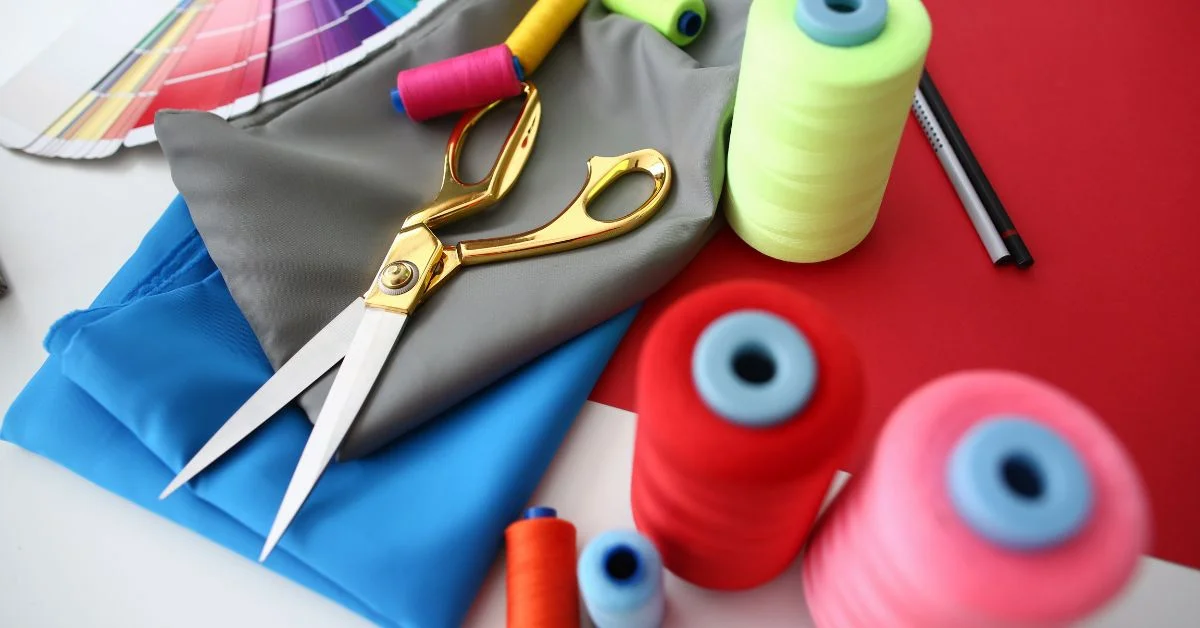What is Artofzio? Artofzio is a modern design philosophy and methodology emphasizing digital craftsmanship, intentionality, and simplicity in how we build and interact with technology. Born out of the need to make our digital experiences more humane, ethical, and meaningful, Artofzio represents a cultural and creative response to today’s overly complex, attention-hacking tech landscape.
In this article, we unpack the origins of Artofzio, its principles, real-world applications, and what it means for design, software, and digital life in 2025.
What Exactly Is Artofzio?
Artofzio (pronounced “Art-of-ZEE-oh”) is not a company or a product. It’s a living philosophy that encourages creators, technologists, and users to value the art in technology. It stands at the crossroads of:
- Digital minimalism: Removing excess to spotlight purpose.
- User autonomy: Designing with the user’s control in mind.
- Aesthetic utility: Merging beauty and function.
- Sustainable creation: Prioritizing digital well-being and longevity.
Coined by a collective of software artisans, ethicists, and designers in early 2023, Art of zio calls for a return to “mindful making” in digital spaces.
READ MORE: HDToday.cc in 2025: A Streaming Platform Analysis in the Age of Fragmented Media
Core Principles of Art of Zio
1. Human-Centered Design Over Habit Formation
Traditional UX often manipulates behavior. Art of zio flips that model: build systems that respect attention and cognition.
- No infinite scrolls
- No dark patterns
- No unnecessary notifications
2. Transparent Interaction
Interfaces must make intentions clear. Users should always know:
- What data is collected
- What each button does
- How to opt out or customize
3. Craftsmanship in Code
Not all code is equal. Art of zio promotes writing maintainable, elegant, and performance-optimized code as an art form.
- Clear documentation
- Modular, scalable structures
- Minimal dependencies
4. Ethical Aesthetics
Design isn’t neutral. Colors, typefaces, animations—they shape experience and emotion. Art of zio encourages aesthetic decisions grounded in care.
- Readability over branding
- Calming, not addicting, interfaces
- Culturally inclusive visuals
5. Digital Sustainability
From file sizes to server loads, Art of zio promotes environmental responsibility:
- Optimize for energy efficiency
- Reduce redundant processes
- Design for low-bandwidth contexts
Real-World Applications of Art of Zio
Art of zio isn’t theoretical. It’s shaping projects across industries:
1. Education Platforms
Online learning tools are adopting Art of zio to reduce distraction, increase accessibility, and support slow, deep learning.
2. E-Commerce
Instead of manipulating urgency or exploiting FOMO, Art of zio-commerce sites prioritize ethical suggestions, transparency, and meaningful user reviews.
3. Healthcare Tech
Medical apps built with Art of zio emphasize patient understanding over data mining. Interfaces are gentle, respectful, and secure.
4. Art and Music Tools
Digital studios use Art of zio to reduce friction, keep interfaces intuitive, and enable artists to enter flow states faster.
READ MORE: Unraveling 3381012544: What This Mysterious Number Could Mean
Artofzio vs. Mainstream Tech Philosophy
| Criteria | Artofzio | Mainstream Tech |
|---|---|---|
| User Goal | Empower and inform | Engage and retain |
| Interface Philosophy | Quiet, respectful design | Attention-maximizing |
| Data Usage | Minimal and opt-in | Maximal and inferred |
| Code Culture | Artisan, modular, elegant | Fast, disposable |
| Aesthetic Intent | Comfort and clarity | Excitement and novelty |
Origins and Influences
Art of zio draws from:
- Bauhaus and Scandinavian design: Beauty in simplicity
- Digital Humanism: Tech that serves people, not vice versa
- The Slow Movement: Intentionality over speed
- Open-source ethics: Community, transparency, and trust
Challenges and Critiques
Every movement faces resistance. Art of zio is often critiqued for:
- Being too idealistic
- Slowing down time-to-market
- Requiring deeper technical expertise
But its supporters argue that long-term trust, well-being, and digital culture are worth the trade-offs.
The Community Behind Art of Zio
Today, thousands of developers, designers, and creatives subscribe to Artofzio’s monthly digest. Hackathons and fellowships support the creation of open-source Art of zio-inspired tools.
Slack groups, forums, and IRL meetups have transformed it from a philosophy into a culture.
Artofzio and the Future
By 2030, Art of zio aims to:
- Establish a public certification for ethical UI/UX
- Influence digital policy around design ethics
- Train the next generation of mindful digital creators
Educational partnerships and online courses are already in motion, suggesting Art of zio is here to stay.
Frequently Asked Questions (FAQs)
1. Is Artofzio a company or brand?
No. It is a philosophy and design movement open to all creators and users.
2. Who can adopt Artofzio practices?
Anyone—from independent developers to large teams, from educators to civic designers.
3. Does Artofzio require new tools or software?
No. It requires a new mindset. But many open-source projects align with Artofzio principles.
4. How does Artofzio affect productivity?
It encourages sustainable productivity focused on clarity and purpose, not speed at all costs.
5. Can I learn Artofzio principles online?
Yes. Resources, courses, and community guides are available through the Artofzio community and partner platforms.









